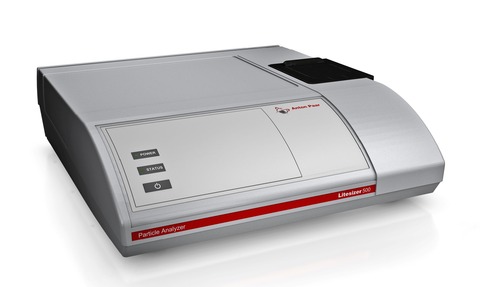
Anton Paar has published a report detailing the use of its Litesizer 500 in measuring the size distribution of liposomes in time, temperature and concentration series.
Liposomes play an important role in medical and pharmaceutical science as drug carriers, especially for cancer therapy, due to their natural ability to target cancer cells.
The endothelial walls of all healthy human blood vessels are encapsulated by endothelial cells that are bound together by tight junctions. These junctions stop any large particles in the blood from leaking out of the vessel. Tumour vessels, in contrast, do not contain the same level of seal between cells and are characteristically 'leaky', so liposomes of <400 nm can enter tumour sites from the blood. Doxorubicin, camptothecin and daunorubicin are anti-cancer drugs that are currently being produced in liposome-delivery systems. Thus, for cancer treatment uses, it is essential to be able to measure the size of such liposomes, and to know whether they are stable in solution over time.
To this end, an experiment was carried out using the Litesizer 500 to determine the size distribution of liposomes in solution by using dynamic light scattering (DLS). Furthermore, the size of the liposomes was monitored as a function of time, as well as temperature and buffer concentration.






